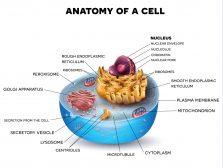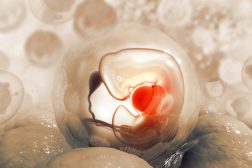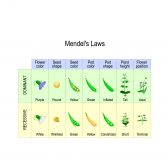Hiv –>
<a href="https://www.biologyonline.com/dictionary/human-Immunodeficiency“>virus
(Science: virology) a type of retrovirus (<a href="https://www.biologyonline.com/dictionary/human-Immunodeficiency“>virus) that is responsible for the fatal illness <a href="https://www.biologyonline.com/dictionary/acquired-Immunodeficiency“>syndrome. Two strains have been identified.
type 1: the retrovirus recognised as the agent that induces aids.
type 2: a virus closely related to hiv-1 that also leads to immune suppression. Hiv-2 is not as virulent as hiv-1 and is epidemic only in west Africa.
Acronym: hiv
infection by the human immunideficiency virus.The virus that causes <a href="https://www.biologyonline.com/dictionary/acquired-Immune”>deficiency Syndrome (aids); it replicates in and kills the helper t cells.See <a href="https://www.biologyonline.com/dictionary/human-Immunodeficiency“>virus.
Dictionary > Hiv
You will also like...

Biosecurity and Biocontrol
This lesson explores the impact of biosecurity threats, and why they need to be identified and managed. Examples to incl..

Biological Cell Introduction
It only takes one biological cell to create an organism. A single cell is able to keep itself functional through its 'mi..

Population Regulation in an Ecosystem
With regard to the population size of a species and what factors may affect them, two factors have been defined. They ar..

Cell Structure
A typical eukaryotic cell is comprised of cytoplasm with different organelles, such as nucleus, endoplasmic reticulum, G..

Growth and Development of a Human Baby
Upon fertilization, a zygote forms and develops into an embryo. This tutorial elaborates on the growth and development f..

Mendel’s Law & Mendelian Genetics
One of Mendel’s law of inheritance is the “law of dominance”. Read this tutorial to know more about this form of i..

